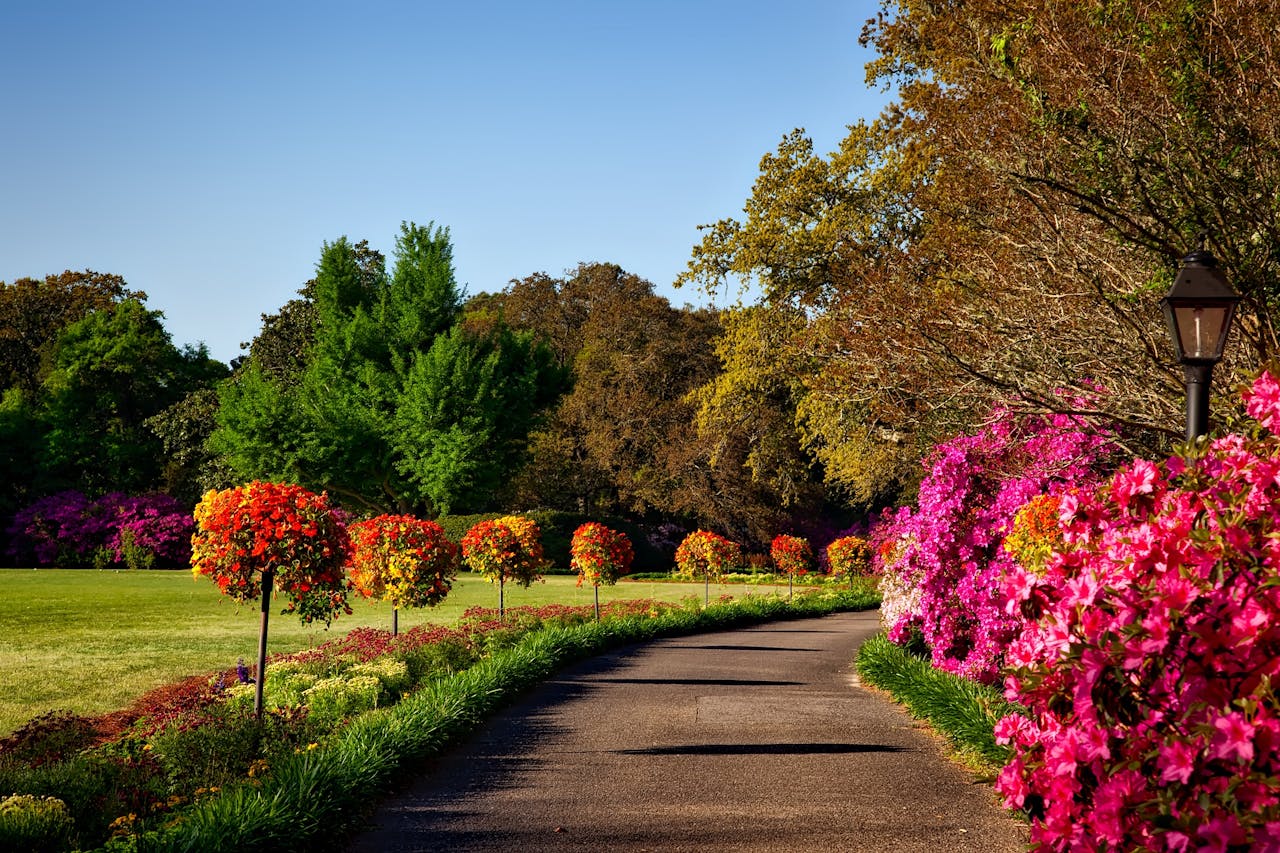
Our Rage at Aging
Dylan Thomas famously advised us- or at least his father, and us by proxy- to rage against the dying of the light.
I find this great poetry, but bad counsel- for several reasons. First and foremost, who wants rage to be our final act? What an unsettled, disquieting manner to exit stage left, and shuffle off our mortal coil. For that matter, even shuffling is asking a lot at the time of final repose.
Second, relinquish our coil, by means of shuffle or otherwise, we do; our animate force disperses back from whence it came. The light, in other words, does not die.
We are not the light- we merely delighted in it for a brief while. The light, of course, survives- to entrance other eyes. Our lives are our own, but life itself is just something on loan to us, playing through us like the flight of birds or…photons. It is arrogance and overreach to think we ever owned it, to think that when we close our eyes a final time the light dies. We stop seeing; the light survives.
But bad counsel though it may be, Thomas’s poem describes a genuine tendency. Modern culture is riddled with translations of this very rage into notions of “anti-aging.” The modern rage against the dying of the light is, it seems, much involved with antioxidants in skin cream and cosmetic surgery.
Let us concede the point: we are not wildly enthusiastic about finding ourselves “old.”
There is a basis for this in evolutionary biology, the bedrock of all human inclinations, however disinclined we may be to look in that direction. Physical vitality prevails over frailty in a natural world, across all species. The world in any given moment belongs to those with the prowess to claim it. Our every native impulse screams at us to hang on to that prowess, knowing everything after is the beginning of the end.
There, is, however, even in the dispassion of biology, a case for advantage in aging. Life accumulates experience, makes of us vessels of the ‘institutional memory’ of our clan. This once mattered greatly, garnering respect and even veneration. But it is increasingly obsolete in a world where the global changes in the span of one generation exceed the global changes in the span of all prior generations since Homo sapiens first took the stage. The pace of modern change much devalues the time-honored wages of aging.
Even as the ostensible advantages of age are outdated, the disadvantages are put into ever starker relief by cultural elevation of youthful ideals- everywhere from Madison Avenue to Tik Tok. If we do, indeed, rage at aging- the fading of our light- we are goaded to do so by the comparisons our routine exposures invite us to make.
‘Compare and contrast’ is not merely a scholastic exercise; it is very much a native human predilection. The rightly famous Whitehall Study evinces the pertinence of this to public health, and the most portentous of outcomes: years in life, and life in years. Looking at a diversity of factors across a range of socioeconomic strata in the British civil service, the study found a clear, stark gradient in morbidity and mortality tethered directly to social class.
One might think that absolute deprivation of some kind is the explanation, but it is not so. Poor people in poor countries do not experience the same health disadvantages as poor people in rich countries. It is not absolute want that most undoes us; it is relative want. It is disparity. We compare ourselves; we contrast ourselves; and if we find ourselves wanting relative to our comparison group, we suffer the consequences. The rich details of this insight, and its many ramifications, are unpacked in a classic book of the public health canon: Why Are Some People Healthy and Others Not?
These lessons, it seems to me, pertain to age and aging, too. We compare ourselves routinely to younger people, to younger versions of ourselves. Disparities populate those contrasts, and disparities invite something resembling despair.
I concede there is a very personal channel in this flow. I turned 60 this year, and as fate would have it, discovered a passion for polo about the time my long-suffering sacroiliac joints were no longer inclined to accommodate my penchant for (literal) horsing around. Leaving aside the potential remedy of a fusion (I am contemplating it), I found myself wishing I had discovered this particular sport when I was 20. That in turn prompted me to mourn the elasticity my joints enjoyed back then. Suddenly, the disparity between myself and former self was cause for lamentation.


I am left to think that while we may not resist the impulse to compare and contrast, we might choose a better set of contestants. Is my 20-year-old self a valid, helpful comparator for my 60-year-old self? I rather doubt it (although my 60-year-old self is inclined to smirk and note that my 20-year-old self could not have afforded to play polo).

Stated bluntly, “anti-aging,” be it ambition, or meme, or mandate- is a misguided, moribund notion. It makes for bad ends, propagated by worse means: the ineluctable need to chase our own tail. After all, whatever one achieves by efforts directed at anti-aging, one still winds up older than the younger version of oneself. Even during the time spent in pursuit of anti-aging, we are…aging. The very time spent making the comparison widens the divide.
I hasten to note I am professionally involved in various efforts that do, or might, fall below the “anti-aging” banner. My involvement in lifestyle medicine might; my support of select supplements might as well. My objection is not, of course, to such endeavors directed at adding years to life and life to years- but to the rubric. Such efforts at their zenith cannot truly achieve “anti-aging;” they can, rather, help us be the best current version of ourselves.
My concerns with the anti-aging rubric, and the Sisyphean enterprise it connotes, in no way obviate the virtues and value of efforts directed toward vitality; vitality is a blessing at any age. But it invites a better perspective, one that asks us to compare ourselves to the best version of our current selves that we might be, rather than the mercurial views of who we once were and others may be now. The most marvelously, inspiringly, enviably vital old people I know are still…old. Were they to compare their vital, old selves to their own once vital young selves, they might feel as dispirited by senescence as the rest of us.
The answer, clearly, is perspective- the gentle redirection of aspiration if ever we are to go gentle into the arc of our inevitable fate. We are older than we were yesterday. The best we can be now is some combination of our best and now, not a desperate grasp on a receding yesterday.
I struggle to achieve this mindset, even as I know it’s right. Evans and colleagues might have readily written “Why Some People are [Happy] and Others are Not.” A fixation on the disparities between us and ourselves, us and those now harboring the youth that once flowed through us, invites dismay. A focus on who we are relative to who we could better be is a gap we might step across to board a far better train.
And so it is I rage against a perspective I might conquer, rather than a light that will surely recede some day because it never belonged to me in the first place. Therein, I believe, lies our one best hope of embracing as beloved friend every stage of our own aging, and the revisions to vitality it offers- and of disavowing rage for the final act. I readily concede that in my case, it is very much an ongoing effort; I applaud you if you already have this in hand. For either of us- how much better, in the fullness of time, on the far side of vitality well plied- to go gentle.
Trending
-
1 Mental Health Absences Cost NHS £2 Billion Yearly
Riddhi Doshi -
2 Gut Check: A Short Guide to Digestive Health
Daniel Hall -
3 London's EuroEyes Clinic Recognised as Leader in Cataract Correction
Mihir Gadhvi -
4 4 Innovations in Lab Sample Management Enhancing Research Precision
Emily Newton -
5 The Science Behind Addiction and How Rehabs Can Help
Daniel Hall





Comments